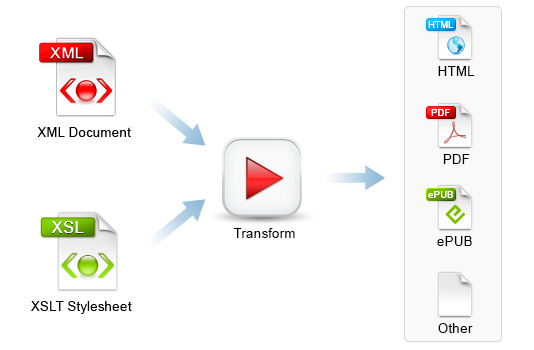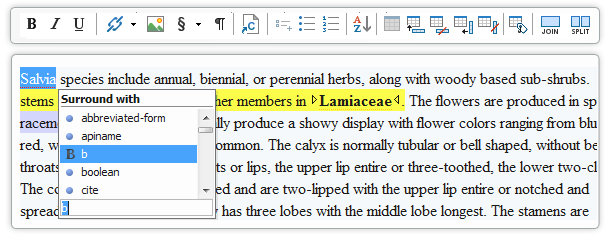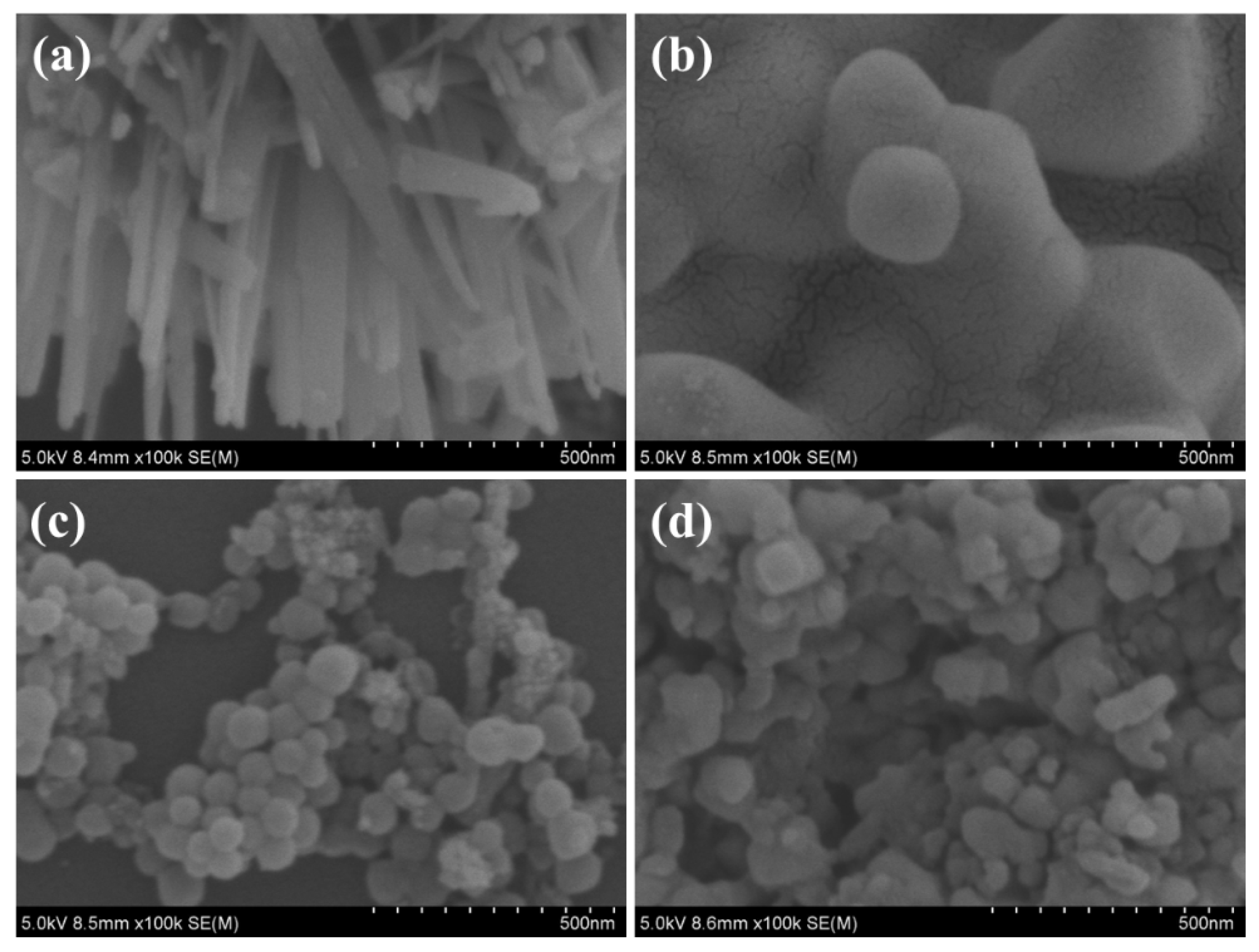
- Oxygen xml editor 14.1 how to#
- Oxygen xml editor 14.1 full version#
- Oxygen xml editor 14.1 software#
- Oxygen xml editor 14.1 iso#
As the name suggests, this view shows the XML text as text.įor documents that are associated with an XML schema, Oxygen XML offers tag completion. The text view is the default view for editing an XML document. Oxygen XML offers three views designed for editing XML documents. The program is aware of XInclude, and all validation and transformation services can follow the XInclude statements to their included files.
Oxygen xml editor 14.1 software#
Extending to new XML dialects or specialisations is achieved by adding the relevant framework or implementation to the software or loading the document type or schema, thus enabling an adaptable environment which is itself configured entirely by XML, which draws parallels with Emacs and its ability to edit itself while implementing the Lisp dialect it runs in. Oxygen XML comes with schemas and DTDs for popular or major XML and XSL formats including DocBook (versions 4.0 and 5.0), TEI format, XSLT (versions 1.0, 2.0 and 3.0), DITA, XHTML and HTML 5. Using catalogs allows the user to specify a web address for a schema but allows oXygen to find a file form of the address if the catalog identifies one. An XML catalog is an XML file of a specific format that maps a schema definition string to an actual file name on the disk or web. A validation scenario can be generated for additional schema types, which allows oXygen to call out arbitrary programs to perform validation.Īlso, the program has support for XML catalogs. The editor can also validate the XML as it is entered. For validation purposes, the documents can be validated against DTD, W3C XML Schema, RELAX NG, Schematron, NRL and NVDL schemas. They can also be validated against a schema. Documents can be checked in proper XML form. Oxygen XML offers several features for editing XML documents.
Oxygen xml editor 14.1 full version#
As of the end of 2015, the current full version and build number are "oXygen XML Editor 17.1, build 2015121117" with a full release history available online. Build numbering is based on the build's date and time (to the hour). Incremental build releases are provided on an as-needed basis, usually in response to bugs or security issues. Minor releases, 17.1 as of the end of 2015, are made at least once every few months after a significant release, occasionally twice a year. Major releases, such as 17 as of the end of 2015, occur on average once per year. Metadata are harvested to discovery sites.Oxygen XML has three types of releases, not counting betas or development versions.

The complete records are checked out from Subversion to a resolved/published WAF.

Oxygen xml editor 14.1 iso#

Schematron URL - validation support not available in the basic XSD Schema validationĪ number of metadata managers at NGDC are using Oxygen as their primary metadata creation and maintenance tool in the context of a larger documentation management architecture.
Oxygen xml editor 14.1 how to#



 0 kommentar(er)
0 kommentar(er)
